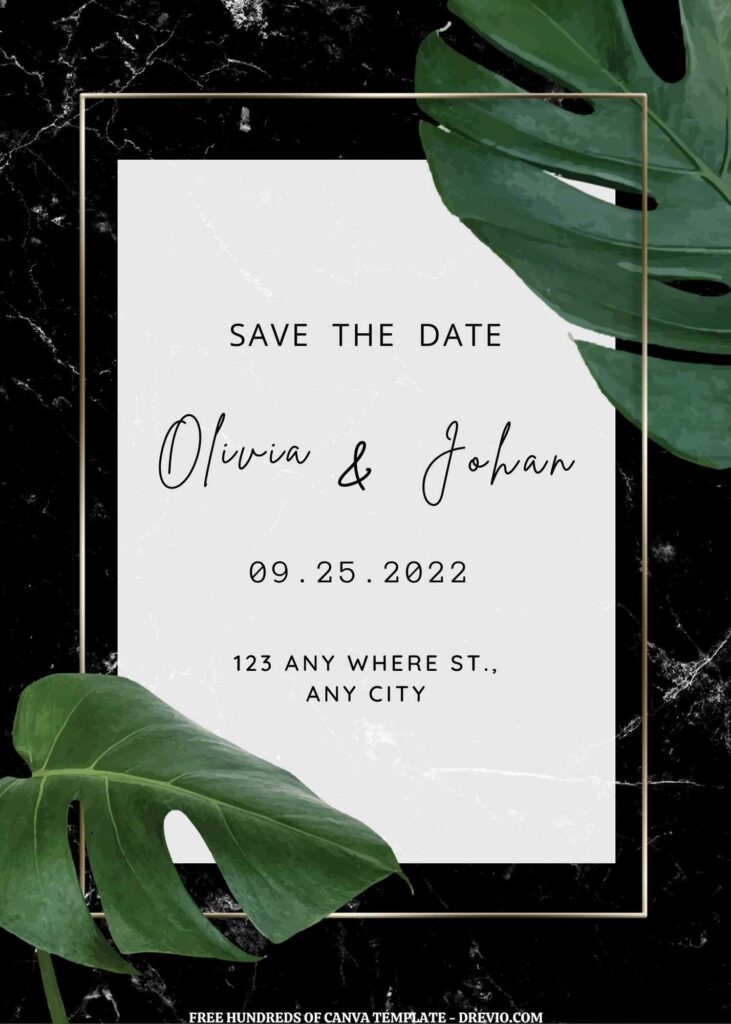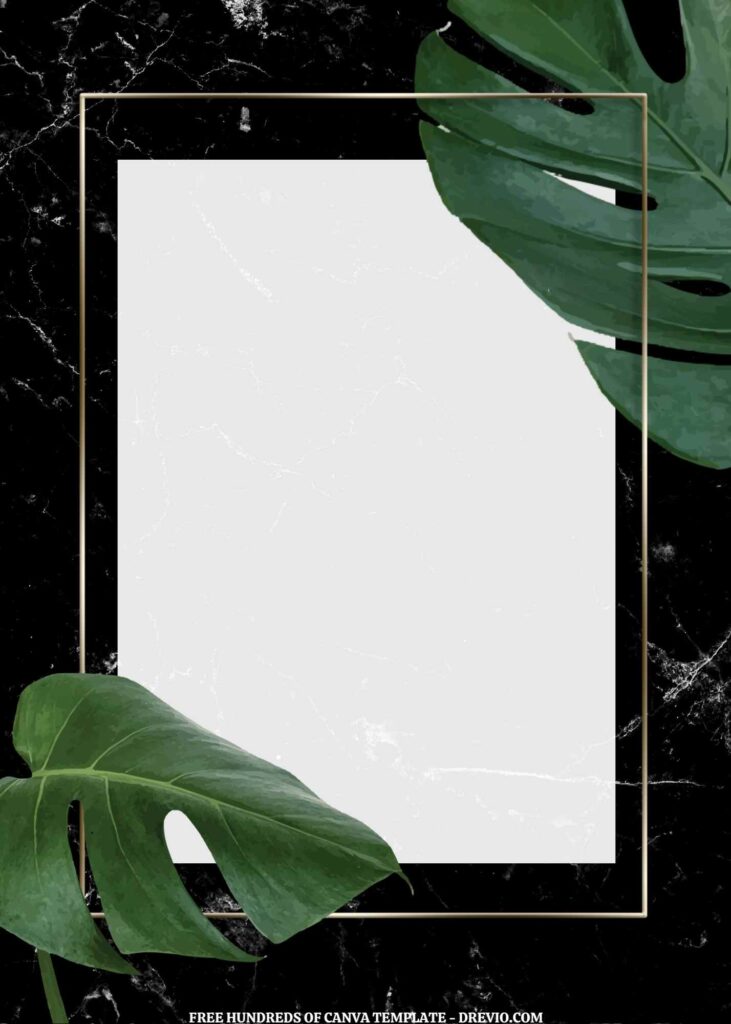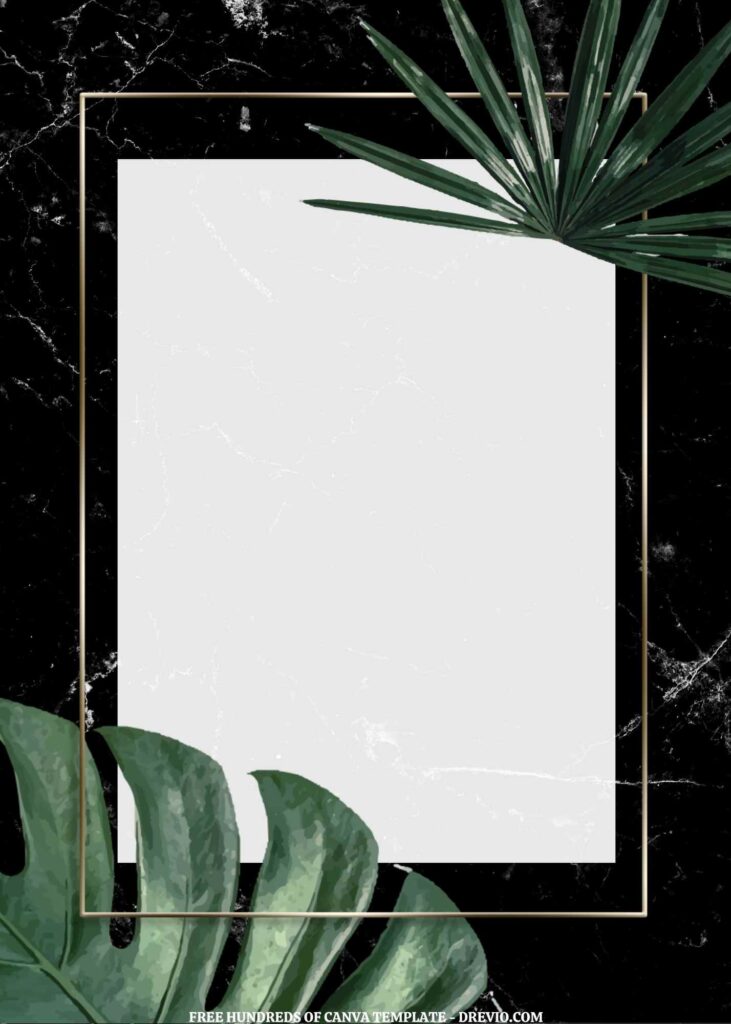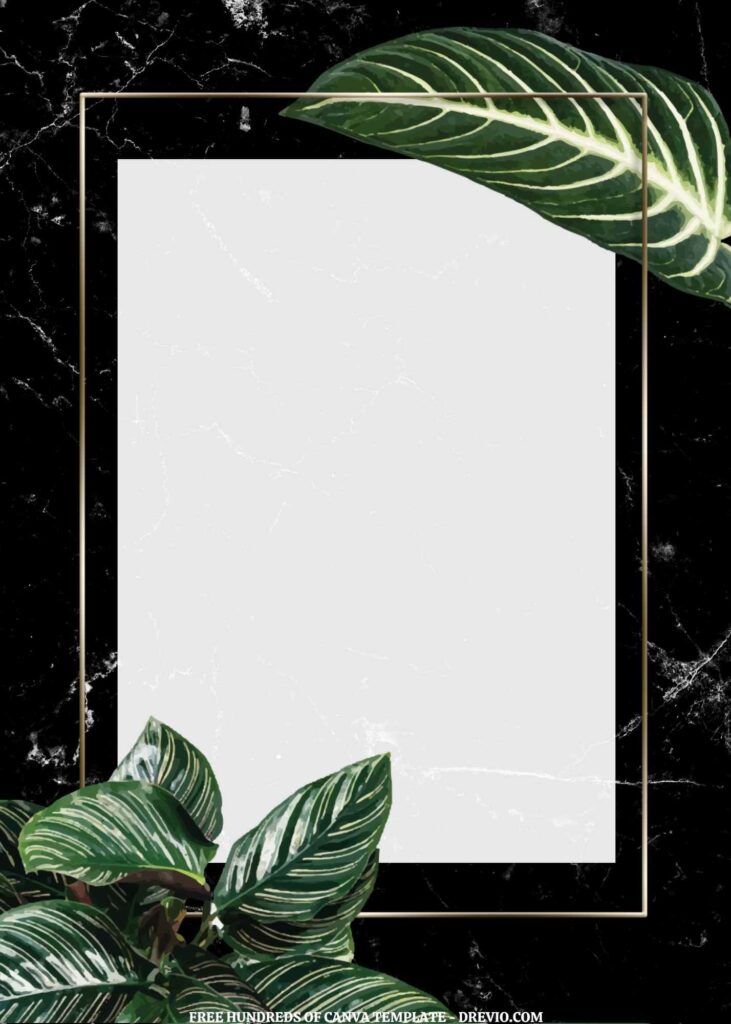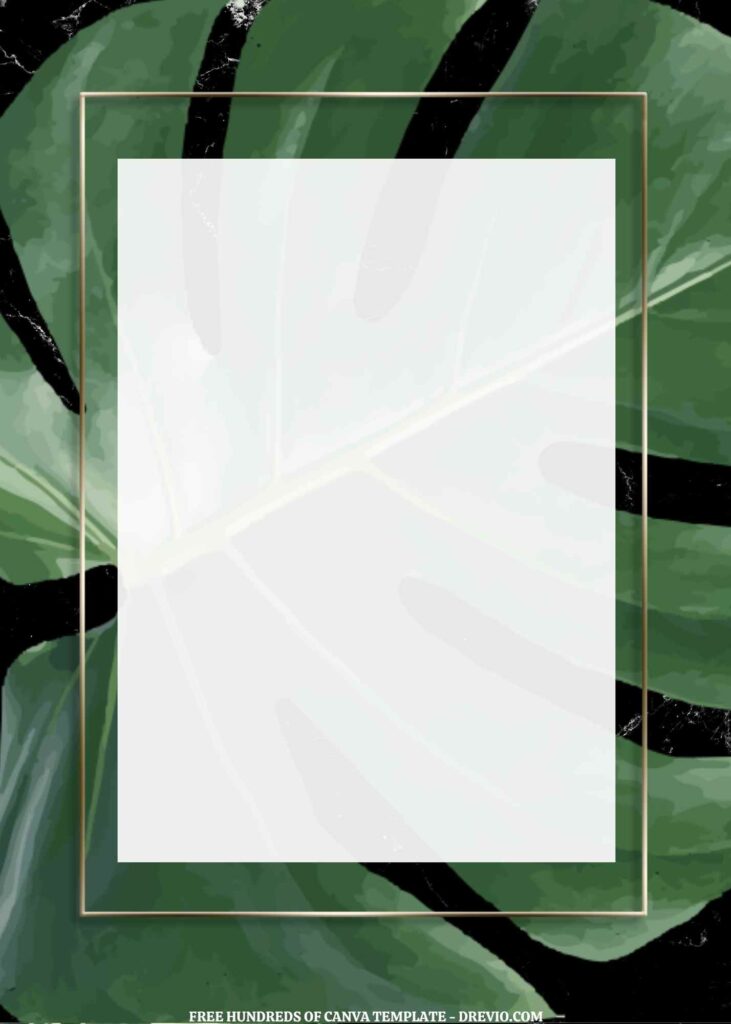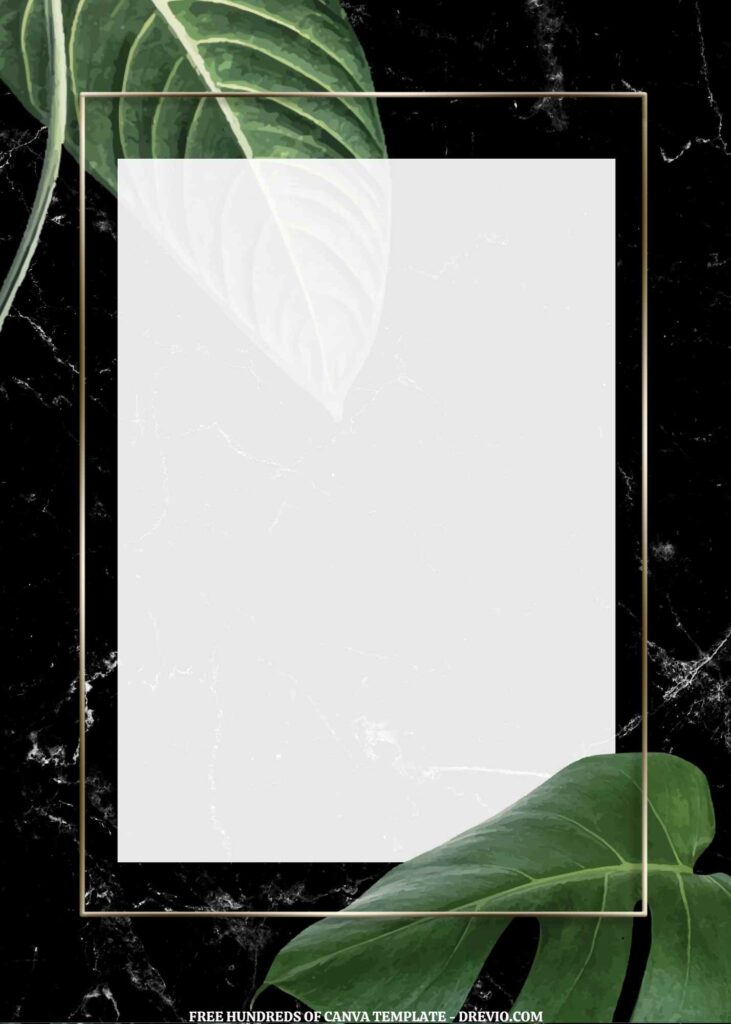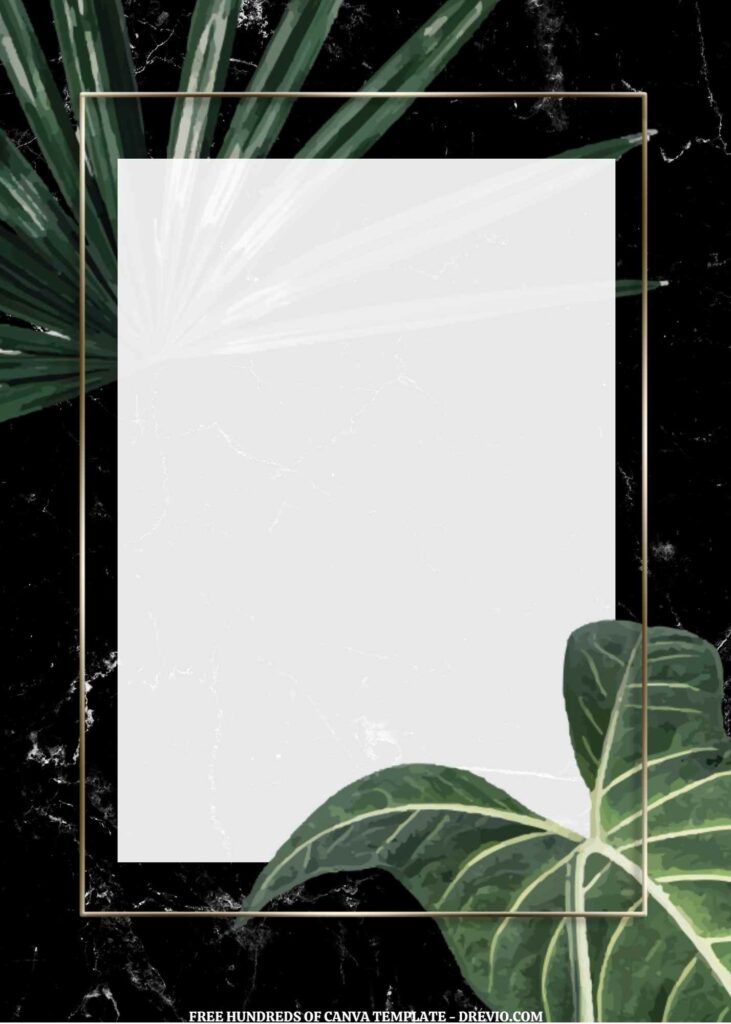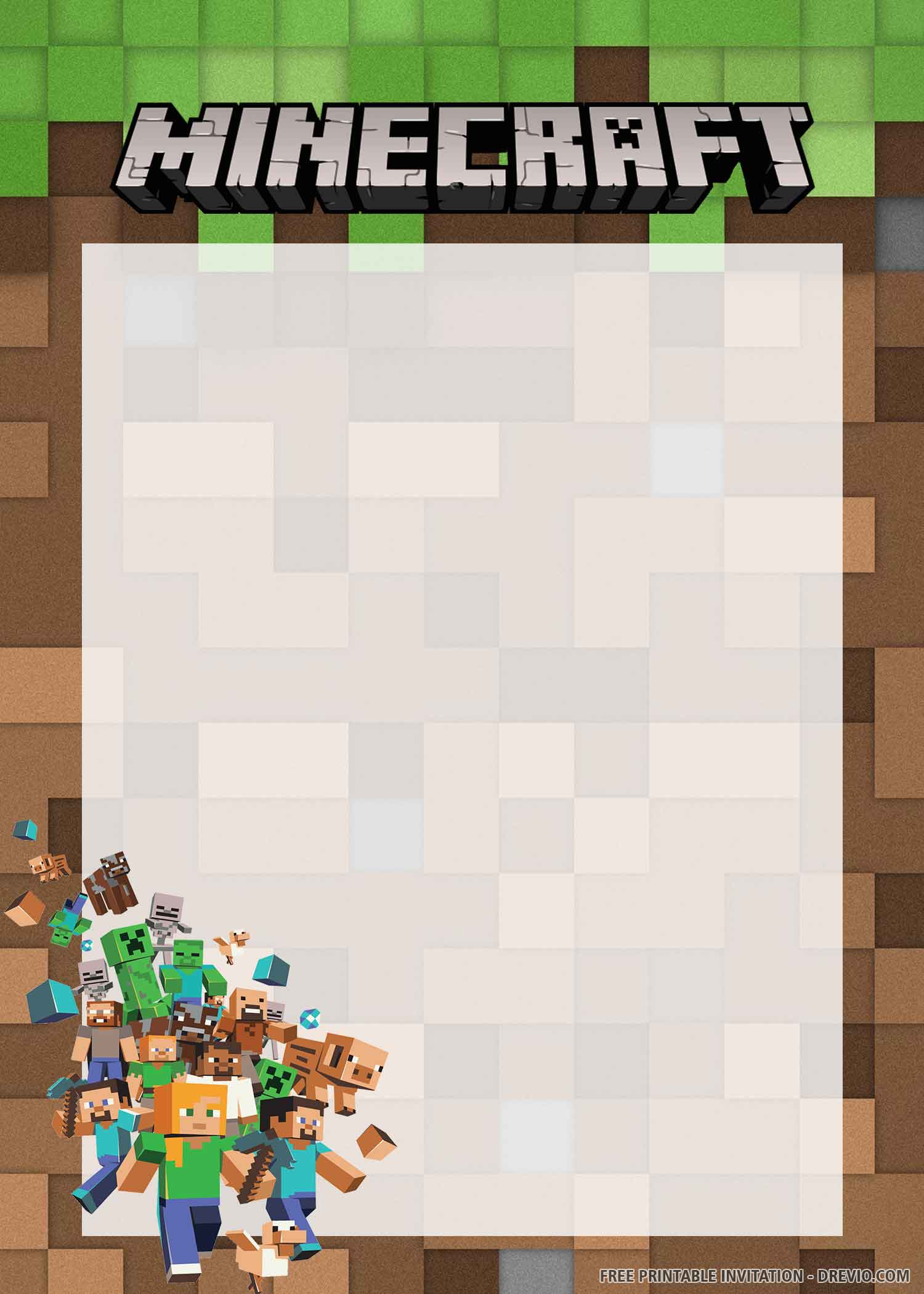For anyone having a black-tie event—or who just wants to incorporate darker hues into their wedding decor—these invites are definitely worth checking out.
The portrait-oriented cards feature a delicate wreath of beautiful flowers across the bottom, creating a frame for the text at the center.
The rest of the invitation suite is just as attractive, especially the thank you cards, which have room for a photo underneath the florals.
Download Help
If you’re wondering on how to download this template collection and what you should do next, please read and follow these following guides:
- Choose your template design.
- Move your mouse pointer and Left-Click the template.
- Wait for a while, a new page will appear.
- Right-click the template and choose “save image as” to save it.
- Locate where the file will be saved in your device and Enter.
If the download process has finished, Open the file with either Microsoft Word or Adobe Photoshop. Then insert your text or party information. Print the final draft on cardstock or any printing paper.
customize your invitation here
Choosing the Best Wedding Invitation Paper
They say you shouldn’t judge a book by its cover. However, it is customary to judge an event by its invitation, particularly when it comes to weddings. The big day begins with the invitation, which indicates what guests can expect when it arrives in the mail.
Is the decor going to be traditional, rustic, contemporary, botanical, modern, retro, or something completely different? After all, couples typically send out invitations when they have a rough idea of what their “dream wedding” entails.
When it comes to invitation paper, couples have many options ranging from high-end to low-cost.
Card and Cover Stock
All wedding invitations should be printed on card stock, which is a given when working with a stationer but not so much when using a low-cost online vendor. When you use thick, heavy paper, you get a much more luxurious feel; it immediately feels expensive and couture, regardless of the design style.
Smooth matte paper is typically where brides begin, followed by textures such as linen—which includes patterns engraved into paper, ranging from standard cross-hatch to diamond patterns, for a feeling that mimics the fabric—and ranges from eggshell, which has a nice faint toothiness to it, to metallic.
Many couples believe that the trade-off between weight and finish is worthwhile. With a pearlescent sheen that lends sparkle, shine, and dimension for only a little more than standard finishes, this paper exudes fun and personality while remaining tasteful.
Cotton Fiber
Cotton fiber is the most expensive option for primary printing surfaces. This paper is typically made of 100% cotton, which comes at a premium price. However, it is extremely soft, and there are no flaws in the paper—no particles or fiber.
Cotton paper is also extremely durable, absorbing every drop of ink for the ultimate richness of color when used in techniques such as letterpress. With timelessness, these tend to age well.
Clear Vellum Paper and Glassine
The most classic non-opaque forms are glassine and clear vellum paper, which are commonly used in layered invitations to add depth and interest. Both are very smooth and thin, flexible, translucent, cloudy white materials.
To make a border, experiment with different levels and sizes. However, there is glue visible, implying that the layers would need to be adhered to a grommet or ribbon, which adds assembly, bulk, and postage.
Other uses for this type of paper include accents, such as belly bands, which hold all of the elements of the invitation package together.






